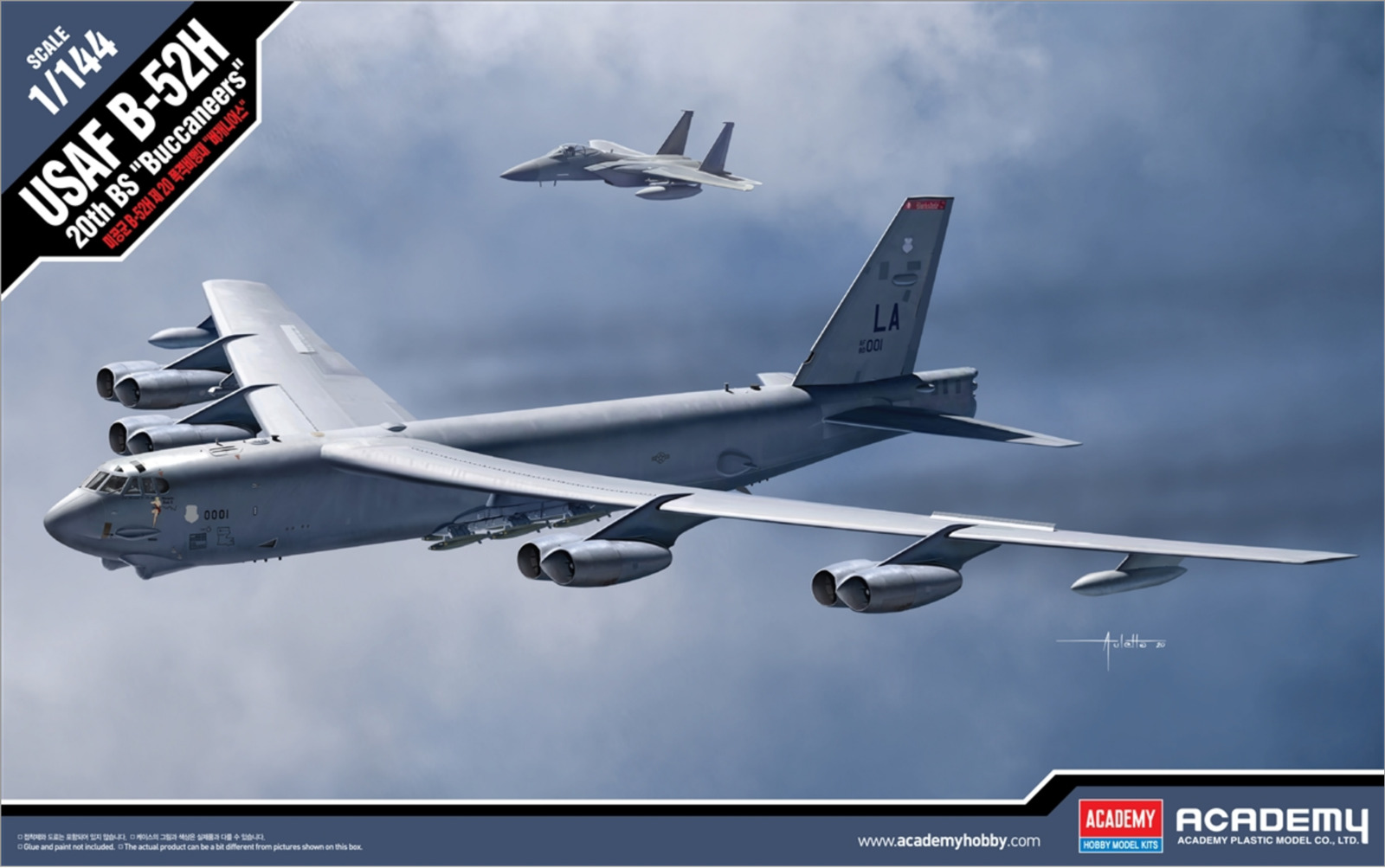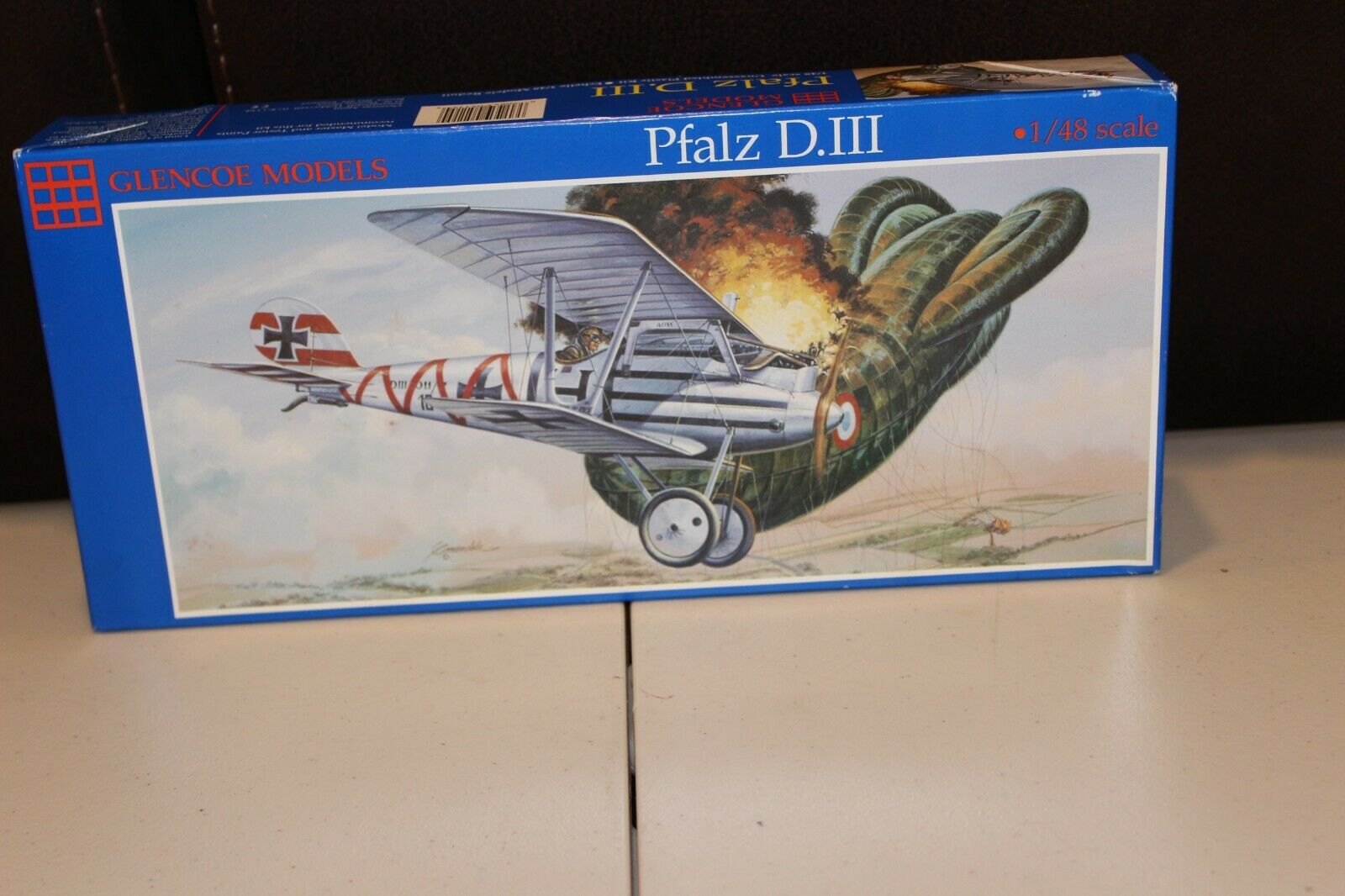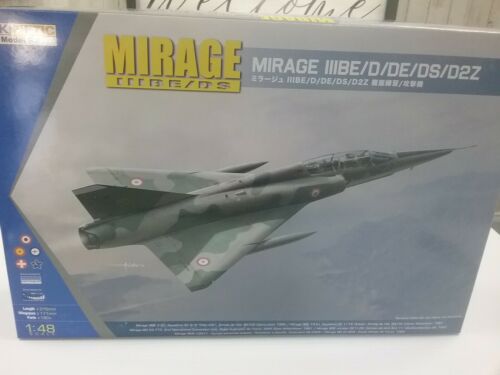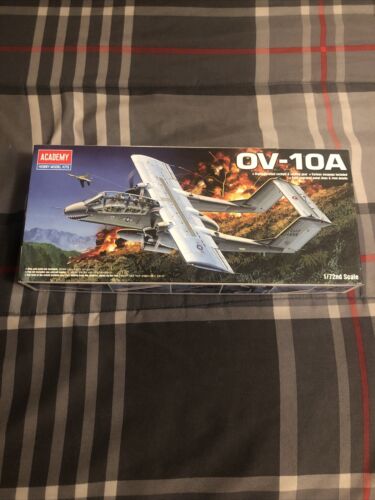-40%
HIGH PLANES 1/72 WW2 GERMAN LUFTWAFFE MESSERSCHMITT Me262V-1 PROPELLER DRIVEN PR
$ 15.81
- Description
- Size Guide
Description
ShippingHIGH PLANES 1/72 WW2 GERMAN LUFTWAFFE MESSERSCHMITT Me262V-1 PROPELLER DRIVEN PR
HIGH PLANES 1/72 WW2 GERMAN LUFTWAFFE MESSERSCHMITT Me262V-1 PROPELLER DRIVEN PROTOTYPE INJECTION MOLDED KIT
OPEN UNBUILT PLASTIC MODEL KIT
IF YOU HAVE ANY QUESTIONS OR CONCERNS PLEASE ASK ME BEFORE BIDDING / PURCHASING – I WANT EVERYONE TO BE 100% SATISFIED WITH NO SURPRISES OR MIS-UNDERSTANDINGS
IF YOU ARE BUYING MULTIPLE KITS FROM ME AT THE SAME TIME (OR EXPECT TO IN THE NEAR TERM) THEN LET ME KNOW AND I WILL COMBINE ALL INTO A SINGLE SHIPMENT AND ADJUST THE FINAL INVOICE TO REFLECT THE MOST ECONOMICAL SHIPPING METHOD AVAILABLE TO YOUR ADDRESS
----------------------------
Additional Information from Internet Encyclopedia
Testing showed that the Me 262 handled much better than previous fighters such as the Bf 109 or Fw 190. Handling was so improved over the previous aircraft that a report by Major Ernst Englander stated that any Bf 109 pilot could convert to the Me 262 with only an hour of instruction. According to his report, even bomber pilots who converted to fly the Me 262 only required three instruction flights, and less than 5% had any difficulty retraining. The Me 262 had a gentle stall and gentle landing characteristics compared to previous German fighters. Its handling improved with speed and would lose much less speed during turning. It had a cruising speed of 465 mph, which was faster than the top speed of most other fighters of the day. It also had far better visibility in every direction compared to previous German fighters. Due to lack of engine torque, if a single engine was lost the aircraft remained easily controlled and landed without issue. Its only major deficiency was that brakes could not be used until the nose wheel had touched down, because engaging them before would smash the nose wheel strongly into the runway, potentially destroying the nose wheel and the aircraft. The quality of the aircraft was high, with only 10% of aircraft returned for minor defects such as wings being out of alignment by under 1 degree. It could reach 515 mph without issue, although because it could reach extreme speeds in dives, components such as bomb racks would sometimes tear off.
Test flights began on 18 April 1941, with the Me 262 V1 example, bearing its Stammkennzeichen radio code letters of PC+UA, but since its intended BMW 003 turbojets were not ready for fitting, a conventional Junkers Jumo 210 engine was mounted in the V1 prototype's nose, driving a propeller, to test the Me 262 V1 airframe. When the BMW 003 engines were installed, the Jumo was retained for safety, which proved wise as both 003s failed during the first flight and the pilot had to land using the nose-mounted engine alone. The V1 through V4 prototype airframes all possessed what would become an uncharacteristic feature for most later jet aircraft designs, a fully retracting conventional gear setup with a retracting tailwheel—indeed, the very first prospective German "jet fighter" airframe design ever flown, the Heinkel He 280, used a retractable tricycle landing gear from its beginnings and flying on jet power alone as early as the end of March 1941.
The V3 third prototype airframe, with the code PC+UC, became a true jet when it flew on 18 July 1942 in Leipheim near Günzburg, Germany, piloted by test pilot Fritz Wendel.[28] This was almost nine months ahead of the British Gloster Meteor's first flight on 5 March 1943. Its retracting conventional tail wheel gear (similar to other contemporary piston-powered propeller aircraft), a feature shared with the first four Me 262 V-series airframes, caused its jet exhaust to deflect off the runway, with the wing's turbulence negating the effects of the elevators, and the first takeoff attempt was cut short.
On the second attempt, Wendel solved the problem by tapping the aircraft's brakes at takeoff speed, lifting the horizontal tail out of the wing's turbulence. The aforementioned initial four prototypes (V1-V4) were built with the conventional gear configuration. Changing to a tricycle arrangement—a permanently fixed undercarriage on the fifth prototype (V5, code PC+UE), with the definitive fully retractable nosewheel gear on the V6 (with Stammkennzeichen code VI+AA, from a new code block) and subsequent aircraft corrected this problem.
Test flights continued over the next year, but engine problems continued to plague the project, the Jumo 004 being only marginally more reliable than the lower-thrust (7.83 kN/1,760 lbf) BMW 003. Airframe modifications were complete by 1942 but, hampered by the lack of engines, serial production did not begin until 1944, and deliveries were low, with 28 Me 262s in June, 59 in July, but only 20 in August.
By Summer 1943, the Jumo 004A engine had passed several 100-hour tests, with a time between overhauls of 50 hours being achieved. However, the Jumo 004A engine proved unsuitable for full-scale production because of its considerable weight and its high utilization of strategic material (Ni, Co, Mo), which were in short supply. Consequently, the 004B engine was designed to use a minimum amount of strategic materials. All high heat-resistant metal parts, including the combustion chamber, were changed to mild steel (SAE 1010) and were protected only against oxidation by aluminum coating. The total engine represented a design compromise to minimize the use of strategic materials and to simplify manufacture. With the lower-quality steels used in the 004B, the engine required overhaul after just 25 hours for a metallurgical test on the turbine. If it passed the test, the engine was refitted for a further 10 hours of usage, but 35 hours marked the absolute limit for the turbine wheel.[33] While BMW's and Junkers' axial compressor turbojet engines were characterised by a sophisticated design that could offer a considerable advantage – also used in a generalized form for the contemporary American Westinghouse J30 turbojet – the lack of rare materials for the Jumo 004 design put it at a disadvantage compared to the "partly axial-flow" Power Jets W.2/700 turbojet engine which, despite its own largely centrifugal compressor-influenced design, provided (between an operating overhaul interval of 60–65 hours[34]) an operational life span of 125 hours. Frank Whittle concludes in his final assessment over the two engines: "it was in the quality of high temperature materials that the difference between German and British engines was most marked"
Operationally, carrying 2,000 litres (440 imperial gallons; 530 US gallons) of fuel in two 900-litre (200-imperial-gallon; 240-US-gallon) tanks, one each fore and aft of the cockpit; and a 200-litre (44-imperial-gallon; 53-US-gallon) ventral fuselage tank beneath, the Me 262 would have a total flight endurance of 60 to 90 minutes. Fuel was usually J2 (derived from brown coal), with the option of diesel or a mixture of oil and high octane B4 aviation petrol. Fuel consumption was double the rate of typical twin-engine fighter aircraft of the era, which led to the installation of a low-fuel warning indicator in the cockpit that notified pilots when remaining fuel fell below 250 l (55 imp gal; 66 US gal).
Unit cost for an Me 262 airframe, less engines, armament, and electronics, was 87,400 RM. To build one airframe took around 6,400-man-hours.
Shipping & Handling
Back to Top
US Shipping
Please check eBay's Shipping & Payment tab
USPS First-Class Mail®
International Shipping
Please check eBay's Shipping & Payment tab
USPS First-Class Mail International (Worldwide)
USPS First-Class Mail International (Canada)
FREE scheduling, supersized images
and templates. Get Vendio Sales Manager.
Make your listings stand out with
FREE Vendio custom templates!
FREE scheduling, supersized images
and templates. Get Vendio Sales Manager.









